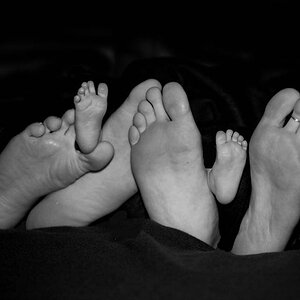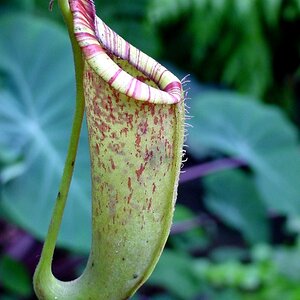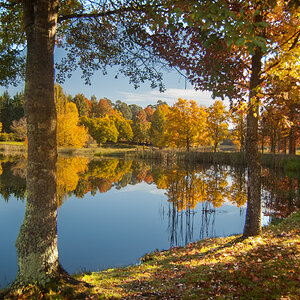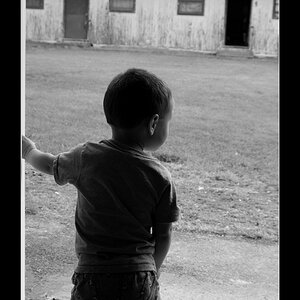gossamer
TPF Noob!
- Joined
- Dec 24, 2013
- Messages
- 234
- Reaction score
- 23
- Location
- New Jersey
- Can others edit my Photos
- Photos OK to edit
Hi,
I have a D300 with an SB700 and a 16-85mm lens. I don't understand why, under most conditions, the shutter speed seems to be locked at 1/60th, even when in shutter priority, for example. I'm relatively new to using a speedlight.
Someone had mentioned to me this could be changed in the camera, but I can't figure out which setting it would be, or more importantly, why it chooses to do this in the first place. Does the camera expect that the flash will compensate for it? Is it some restriction I have in place in the flash?
I've tried shutter and aperture priority, as well as various ISO speeds.
Using a 1/60th with the flash resulted in too much motion blur when taking pics of my daughter playing in the leaves :-(
A related question - when the camera is set to shutter priority, and the rest of the settings aren't at the extremes, how can it produce a picture that isn't exposed properly?
Thanks for any ideas.
Dave
I have a D300 with an SB700 and a 16-85mm lens. I don't understand why, under most conditions, the shutter speed seems to be locked at 1/60th, even when in shutter priority, for example. I'm relatively new to using a speedlight.
Someone had mentioned to me this could be changed in the camera, but I can't figure out which setting it would be, or more importantly, why it chooses to do this in the first place. Does the camera expect that the flash will compensate for it? Is it some restriction I have in place in the flash?
I've tried shutter and aperture priority, as well as various ISO speeds.
Using a 1/60th with the flash resulted in too much motion blur when taking pics of my daughter playing in the leaves :-(
A related question - when the camera is set to shutter priority, and the rest of the settings aren't at the extremes, how can it produce a picture that isn't exposed properly?
Thanks for any ideas.
Dave


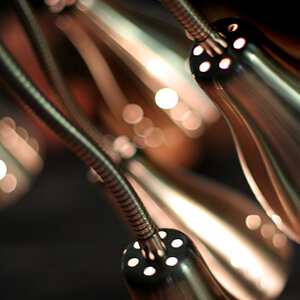
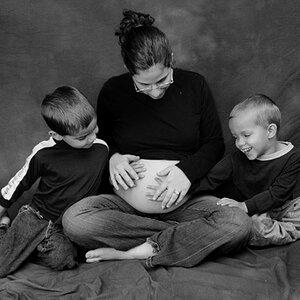
![[No title]](/data/xfmg/thumbnail/42/42060-f597479f8fd78d4bb4d17e7686fb0812.jpg?1619739996)
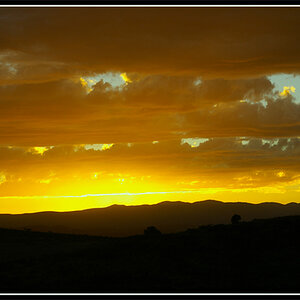
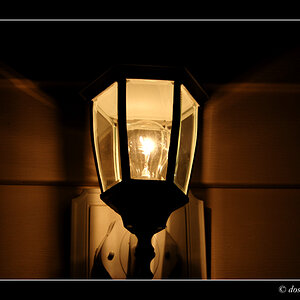
![[No title]](/data/xfmg/thumbnail/35/35946-771bfce9b2727c9126587d96c471da80.jpg?1619737254)
